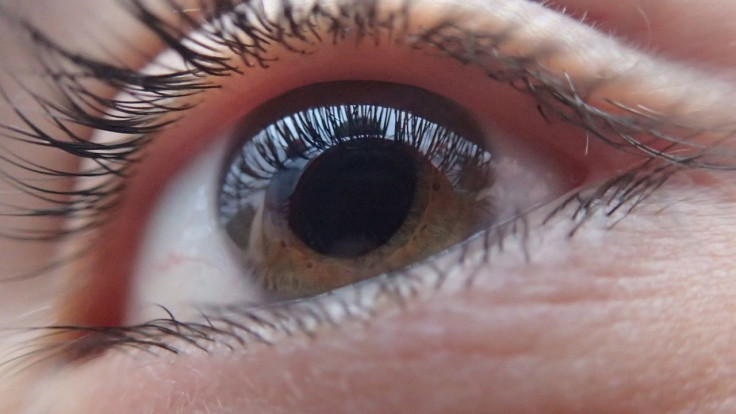World Glaucoma Day 2016: What You Need To Know About Preventing Optic Nerve Damage, Blindness

Solid eyesight — and the ability to take in the visual world around us — is often something we take for granted. There’s no better time than World Glaucoma Day on March 12 and World Glaucoma Week in general, then, to take stock of your vision and learn how to spot the symptoms of glaucoma, which can lead to permanent eye damage.
Glaucoma is an umbrella term encompassing several different eye diseases that damage the eye’s optic nerve, the nerve that transfers visual information from the retina to the brain. Damage to the optic nerve can result in the loss of vision (often as blurriness in peripheral vision) and blindness if left untreated. The most common form of glaucoma, known as open-angle glaucoma, is caused by fluid-related eye pressure, which builds up in the anterior chamber of the eye.
Over two million people suffer from glaucoma in the United States every year, and glaucoma is considered the second leading cause of blindness worldwide, next to cataracts. Anyone can develop glaucoma, but people who are over the age of 60, people with a family history of glaucoma, or people with diabetes are at the highest risk. That said, it’s never too early to keep your eyesight in check, and to be aware of glaucoma symptoms.
Prevention Steps
There’s no cure for glaucoma, but vision loss and blindness can be prevented if the disease is diagnosed and treated early. The Glaucoma Research Foundation suggests that first, getting regular eye exams no matter your age is the foremost priority for anyone concerned about glaucoma. If you’re under the age of 40, going for a checkup every two to four years is suggested, but those should become more frequent the older you get. After the age of 55, you should get an eye exam every one to two years.
Your doctor will be able to detect whether you have glaucoma through a series of tests, including a visual acuity test and a visual field test, which measure your eyesight at different distances and your peripheral vision. A dilated eye exam helps doctors examine your retina and optic nerve to see if there are any signs of damage, and finally a tonometry measures the amount of pressure in the eye.
Research has suggested that lifestyle may have an impact on your glaucoma risk. A study published this year found that eating up to 1.5 servings of green leafy vegetables a day may actually lower your glaucoma risk by 30 percent. In addition, obesity-related disorders like diabetes can contribute to an increased risk of glaucoma and vision loss, so the National Institutes of Health (NIH) suggests keeping your weight healthy, which is best done with diet and exercise.
While most evidence is inconclusive about the benefits of exercise for glaucoma prevention, the Glaucoma Research Foundation notes that generally speaking, exercise is a good way to improve health — and aerobic exercise may reduce eye pressure. However, studies will need to be completed in glaucoma patients before doctors can begin prescribing more physical activity to their patients. Certain exercises, like weight-lifting or specific positions in yoga, may even increase eye pressure, so speak to your doctor before embarking on a new exercise plan in the hopes of preventing or treating glaucoma.
Another simple way to conserve your eyesight in general is to wear sunglasses in strong UV light, as well as protective eyewear (goggles, safety shields, eye guards) when participating in sports or home improvement activities, the NIH notes. And for those of us who are staring at computer screens all day, there are some steps that will help reduce eye strain, like the 20-20-20 rule (every 20 minutes, stare 20 feet ahead for 20 seconds). There are even special computer glasses designed to lower eye strain by reducing screen glare and the harsh light spectrums of computer glows, which helps the eye muscles relax. Finally, awareness about the symptoms and knowledge about your family’s history of eye conditions will help point you in the right direction if you’re concerned about your glaucoma risk.



























